If your horse develops scratches, then knowing how to recognize and treat the condition can help to get him feeling better soon. Even more importantly, though, understanding how to prevent scratches from developing in the first place can help to keep your horse healthy. Here's what you need to know about this condition and why you see it so often in the spring.
What You Should Know About Scratches
Scratches, mud fever, greasy heel, and cracked heels - it's all the same. Your vet may even refer to it as pastern dermatitis. No matter what you call it, here's what you should know about treating and preventing scratches.
Symptoms of Scratches
According to Purdue University, scratches is a skin condition that can be bacterial, fungal, or parasitic. Bacteria and fungi enter through breaks in your horse's skin by his fetlocks and heels. As the condition develops, the skin can become inflamed, scabby, and crusty. Sometimes, you might notice that the skin oozes a clear or liquid fluid.
How to Treat Scratches
Purdue University recommends that you start by clipping the infected area, but make sure that you don't scrape the skin as you do this. Once you've clipped the area, use an antibacterial or antifungal shampoo to gently wash the skin. Let the shampoo sit for about 10 minutes, then gently rinse it off.
Once you've rinsed the area, you can gently massage off any loose scabs. Pat the area dry with a towel and apply the topical ointment that your vet recommends.
You'll need to repeat the process once a day for the first 7 to 10 days, then perform the washing just two or three times a week. While your horse's skin is dry, you can apply the zinc-oxide cream, Desitin, to the scabs to help soften them.
As your horse heals, he'll need to be kept in an area that is both clean and dry. That means that you'll need to keep him away from wet pastures and mud. Provide plenty of clean, dry bedding and clean the stall frequently.
It's a good idea to have your vet out to examine your horse, especially in the case of a bad infection. Depending on the severity of your horse's scratches, your vet might prescribe topical medications or even administer antibiotics.
Why Horses Get Scratches
Horses can develop scratches for any number of reasons, but one of the main causes is frequent wetting and drying of the skin. If your horse is out in a muddy paddock, the mud saturating his skin and then repeatedly drying can cause irritation, leading to those cracks that the bacteria and fungus travels through.
Horses that have heavy feathering on their legs, like draft horses, can be more prone to developing scratches because the feathering traps in moisture.
Other potential causes include anything that might irritate your horse's legs, like ill-fitting bell boots or leg boots.
How to Prevent Scratches in Horses
You can help to reduce the chances of your horse developing scratches by keeping his environment as dry as possible. If you experience heavy, frequent spring rains, your pasture might be more muddy than usual. Try to turn your horse out in a drier pasture, or take steps to address the mud.
Installing Lighthoof panels in your problem muddy areas can help to keep your horse up, out of the mud. These panels act as a stable surface, even when the ground is saturated. You can install Lighthoof panels in your horse's run, under the gates of your paddocks where mud always seems to form, and anywhere else where mud is an issue.
Reducing the mud on your farm won't mean that your horse will never get scratches, but it may help to reduce the chance of that happening. If your horse does develop scratches, having a dry, mud-free paddock where you can turn him out can help to support his recovery from this irritating skin condition.

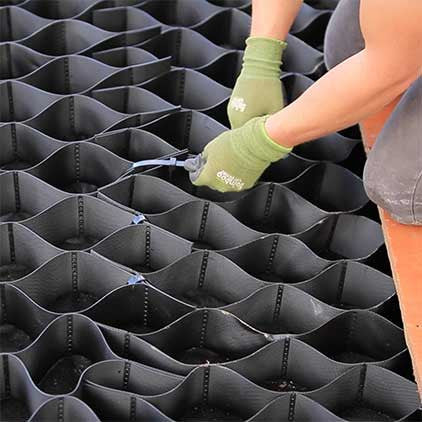
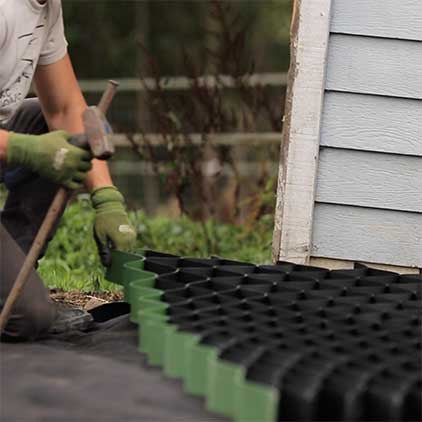
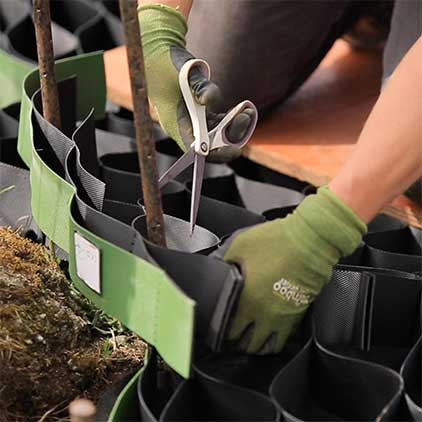
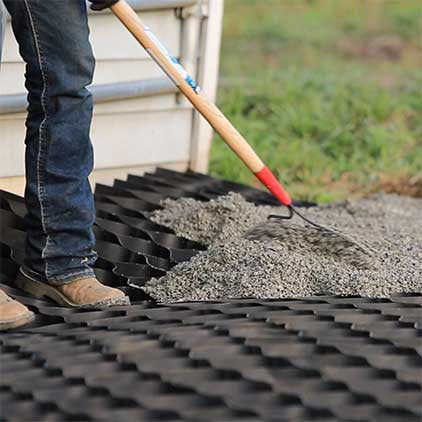
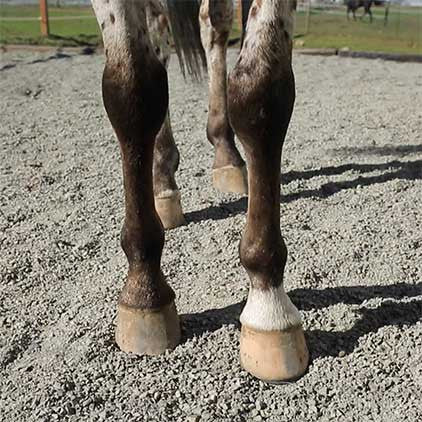
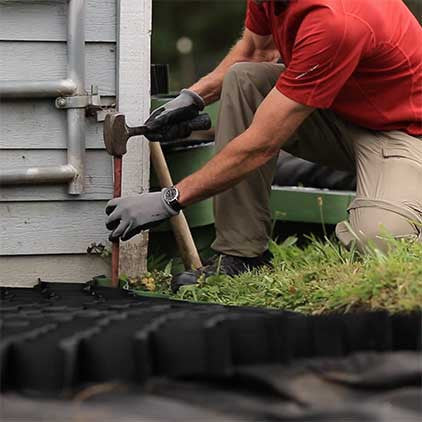
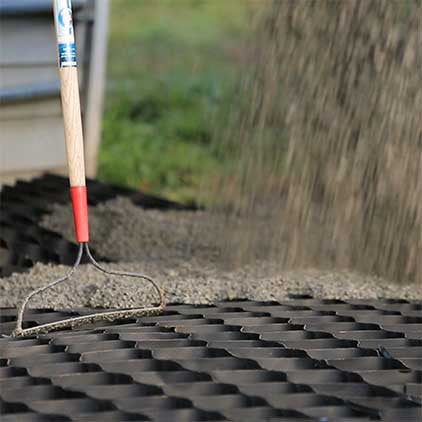
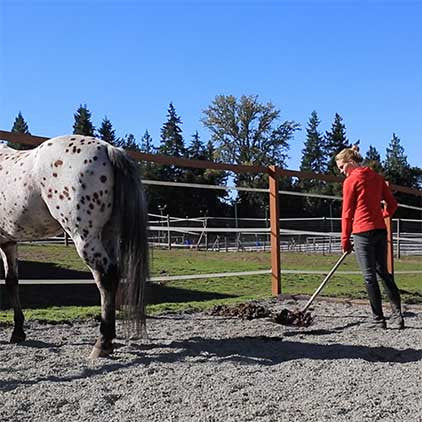
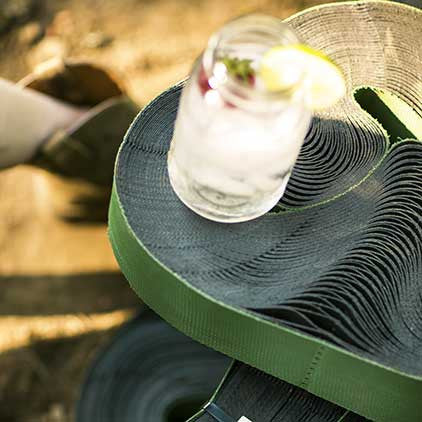
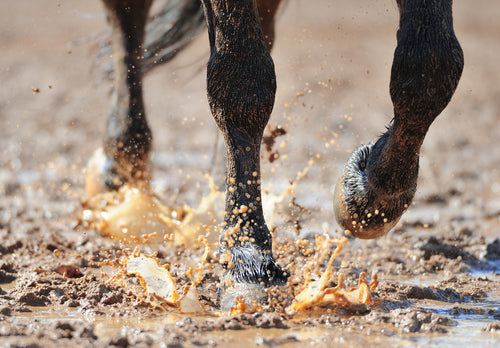

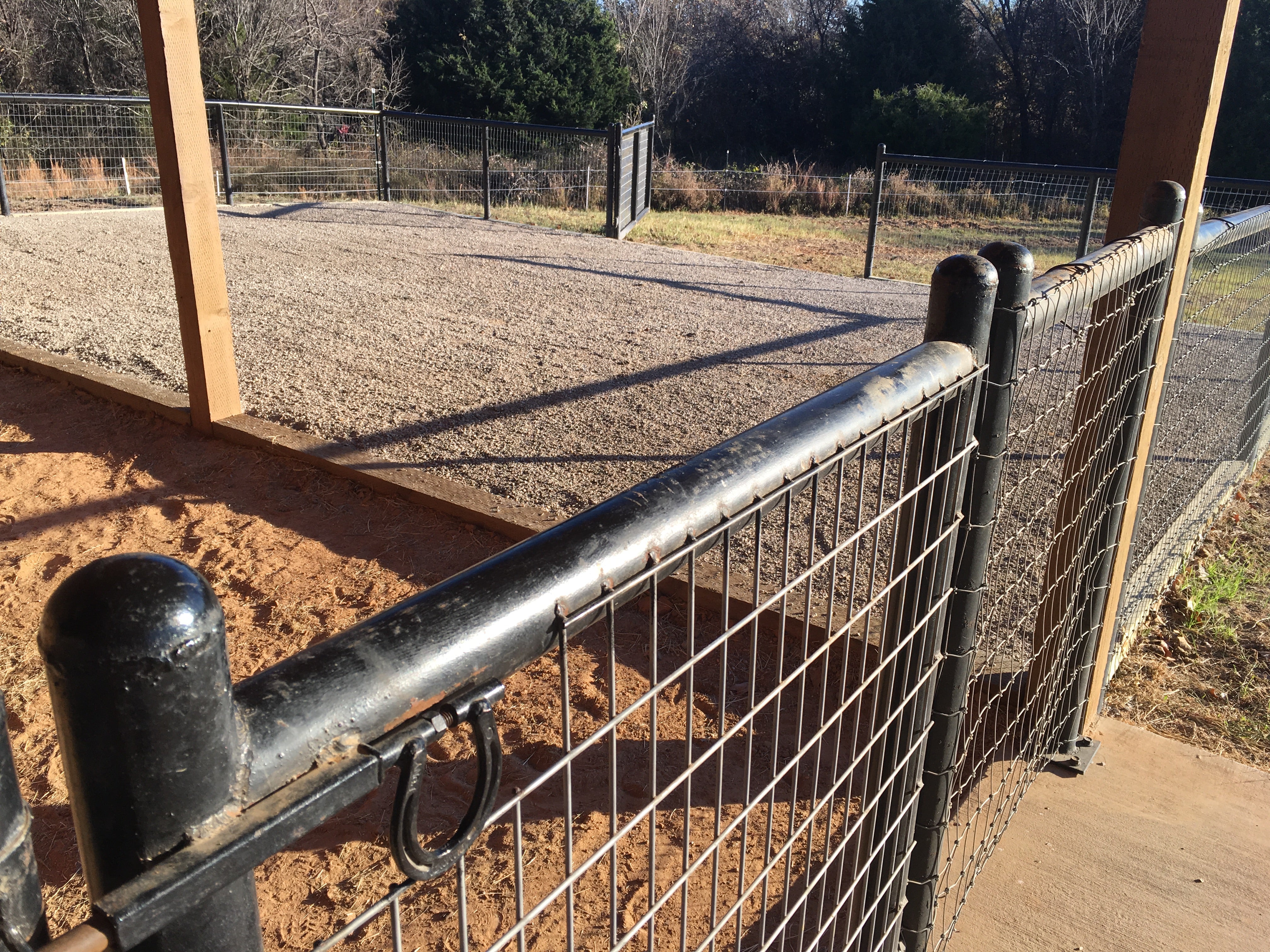
Leave a comment
This site is protected by reCAPTCHA and the Google Privacy Policy and Terms of Service apply.